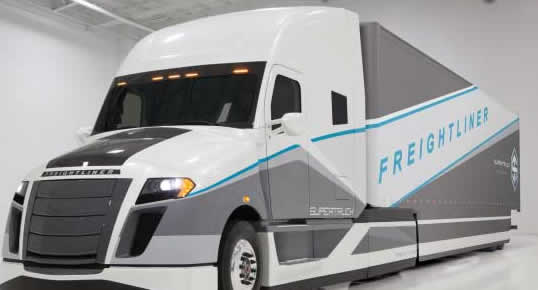| |
|
| |
|
 |
Supply
Chain by the Numbers |
| |
|
| |
- April 2, 2015 -
|
| |
|
| |
|
| |
|
| |
New Daimler SuperTruck Really Ups the Freight Efficiency Ante; Amazon and the Internet of Things; Megaships have Led to 50% More Time in Port; Manufacturing Expansion Continues - but Waning |
| |
|
| |
| |
| |
115% |

|
|
|
| |
| |
|
10
|
|
The small number of lines of software code Amazon.com says might only be required for a product company to connect its products to its new Dash Replenishment Service. The new program is designed so that consumers can very easily or even automatically order consumables for various products around the home, from laundry supplies to water filters. Under the program, manufacturers can install an "order button" on their products that consumers can configure to simply press to order a consumable from Amazon. Or, the system can be set up to monitor consumable usage and send an order automatically to Amazon when supplies are low - for example, it would know after so many washing machine cycles that the supply of detergent is getting low. Whirlpool, Brita and Brother are among the manufacturers planning to participate in the program.
|
| |
| |
|
| |
| |
27 |

|
That's the number of consecutive months of US manufacturing sector growth, at least according to the Institute for Supply Management's Purchasing Managers Index. The index was over the 50 mark that separates expansion from contraction yet again in March, ISM reported this week. But that string may be in jeopardy - the March number came in at just 51.5, a decrease of 1.4 percentage points from February’s reading of 52.9, which in turn was down from January, etc. Many thought March might show a rebound, as production that didn’t happen in February due to very bad winter weather in much of the country would be pushed into March, but that apparently didn’t happen. This is a number to keep an eye on.
|
| |
| |
|
|
|
| |
 |
 |
| |
|
|
| |